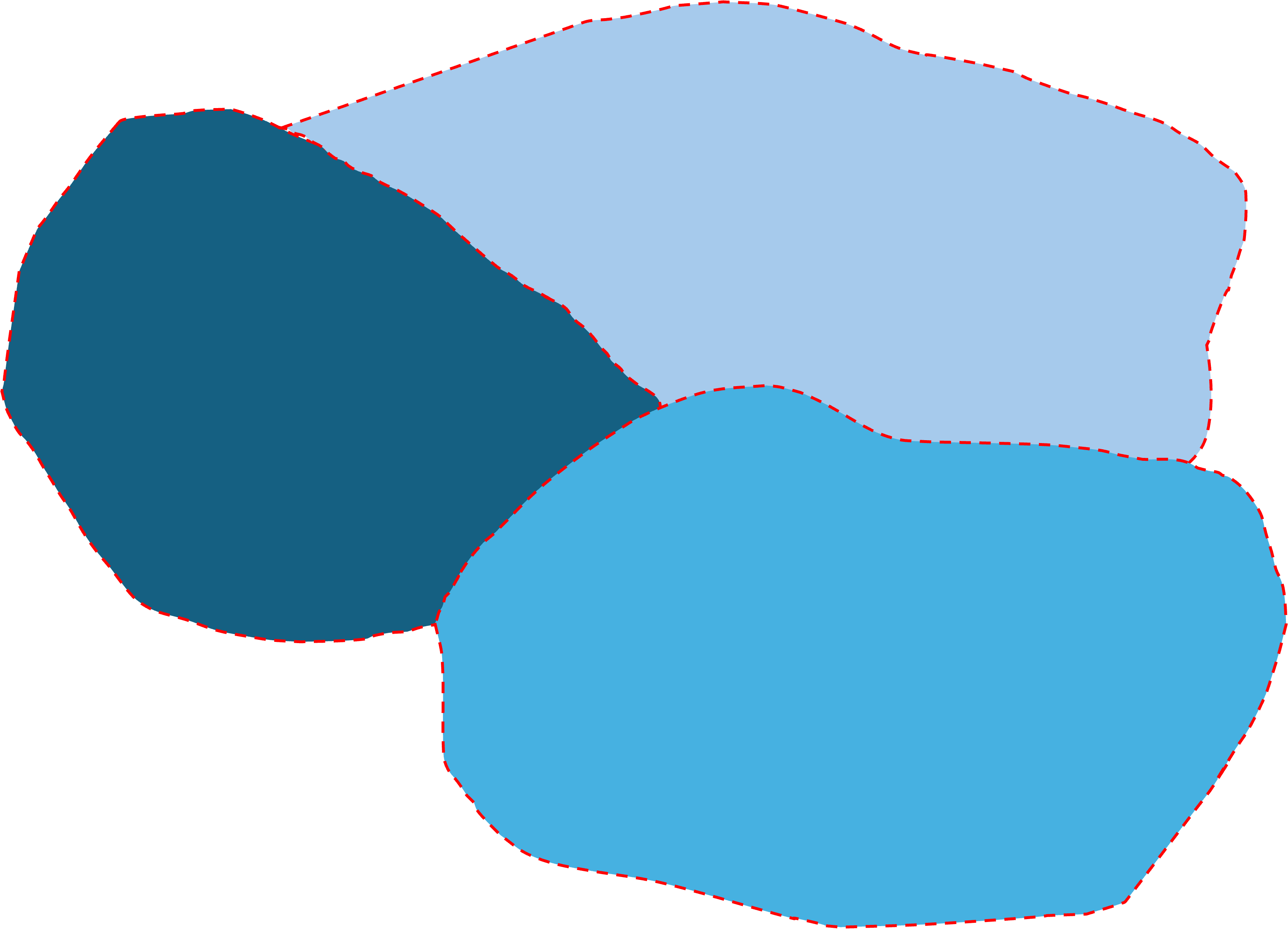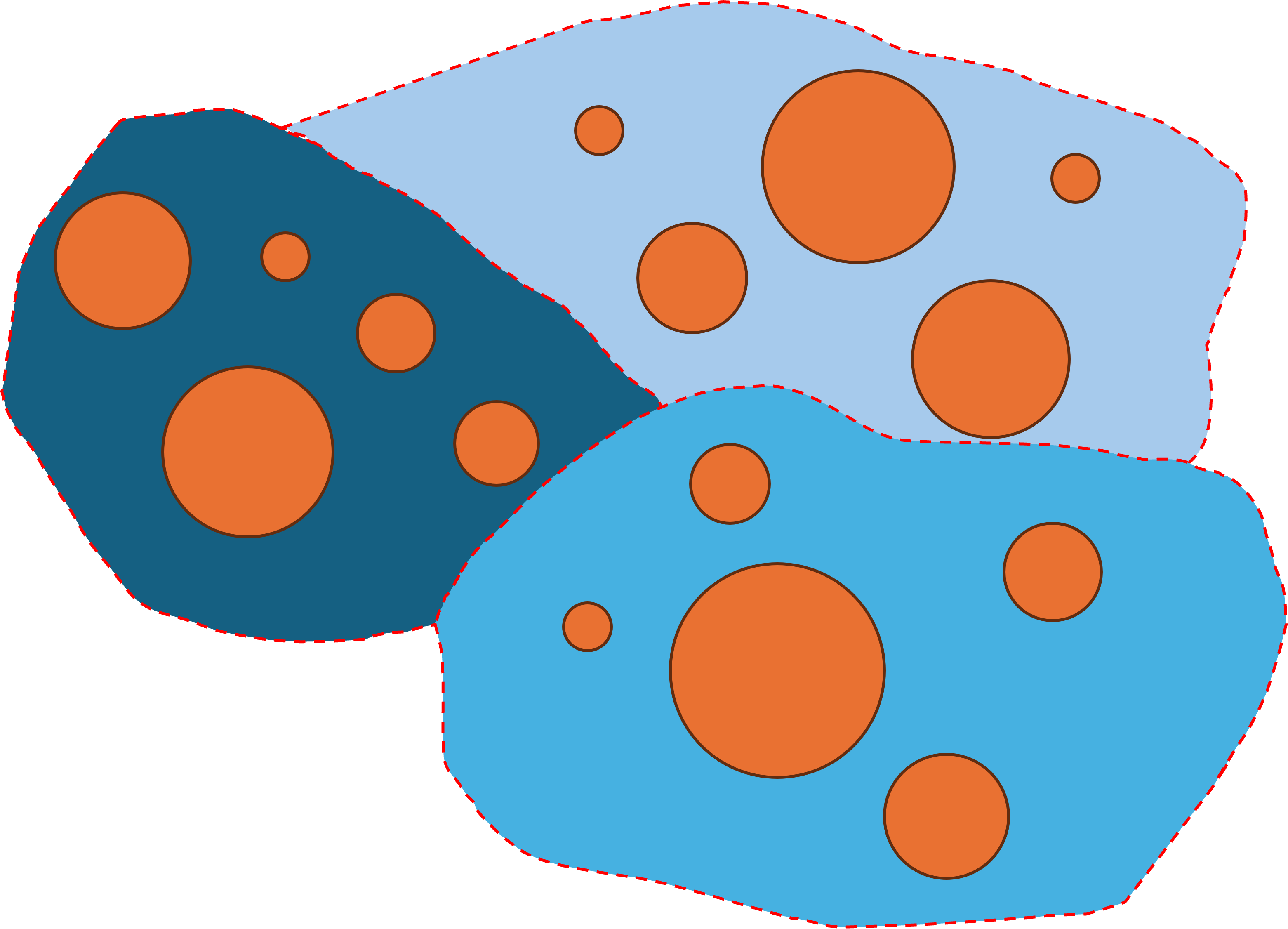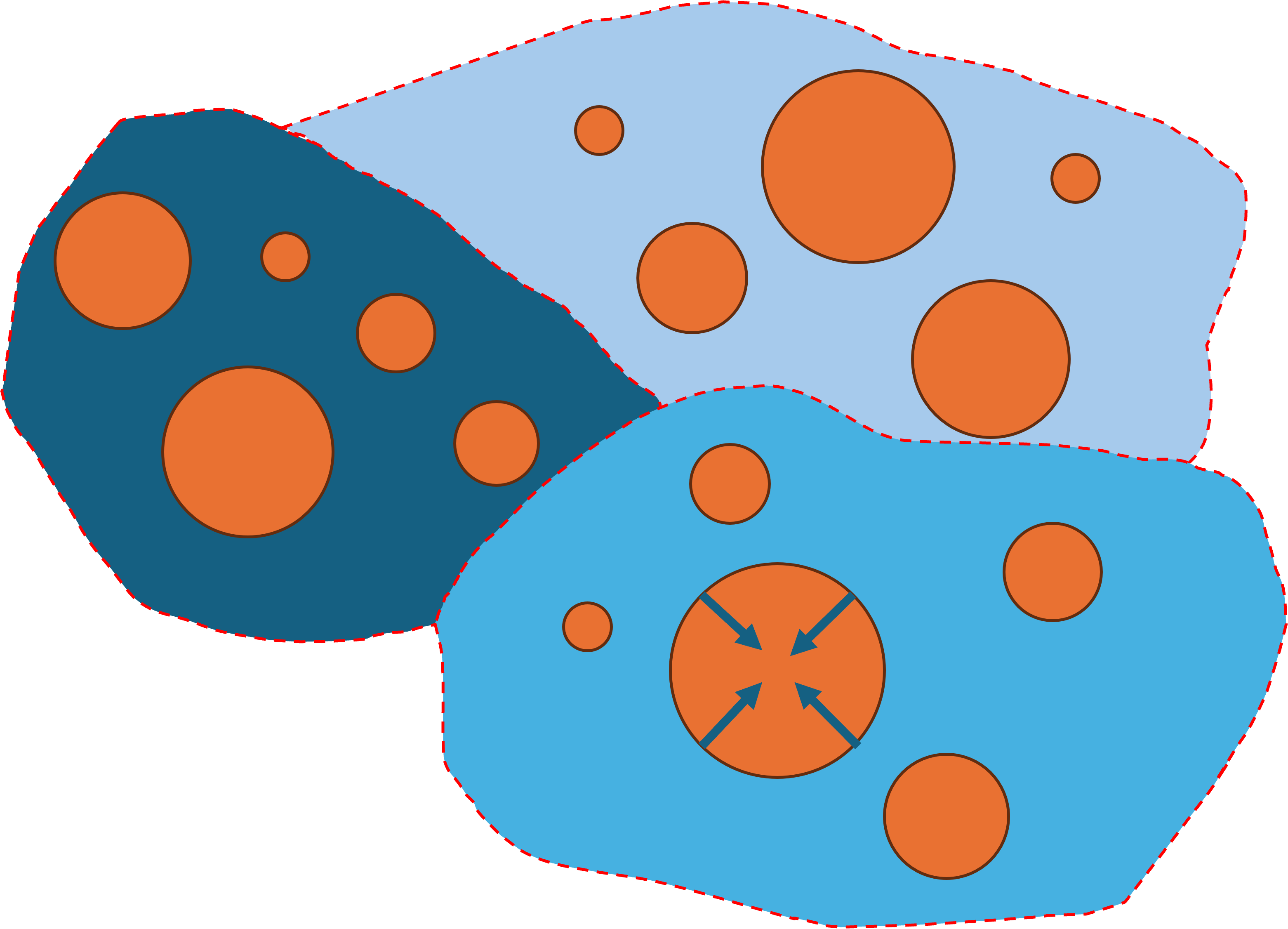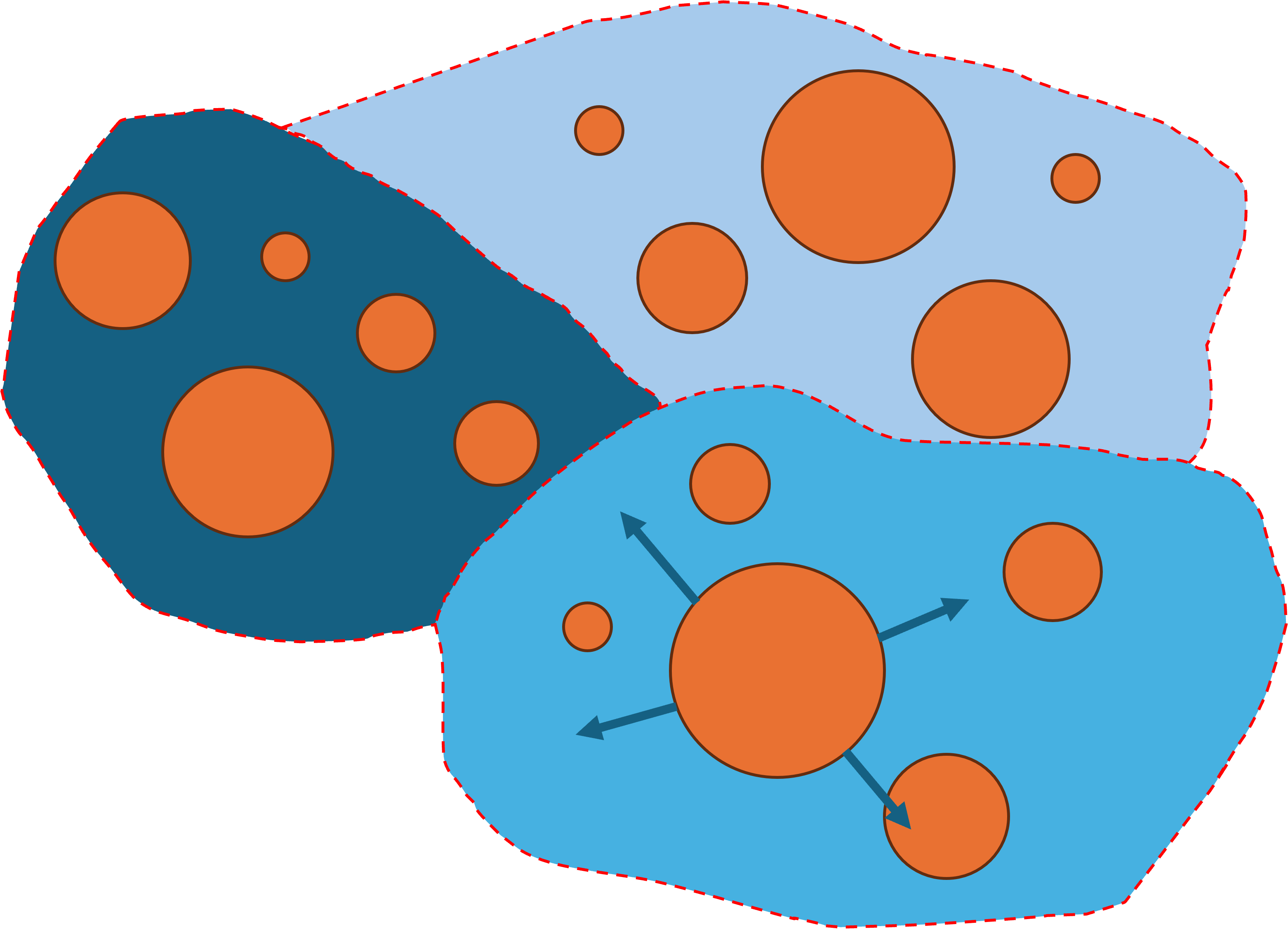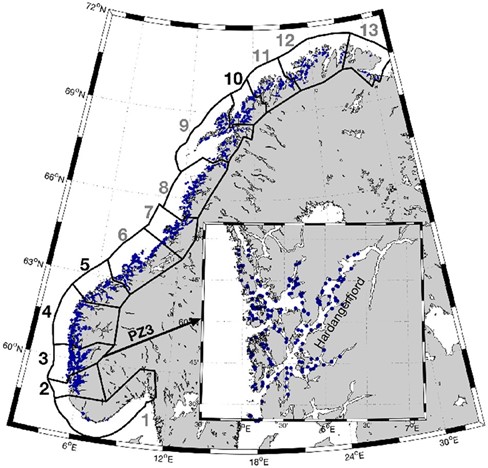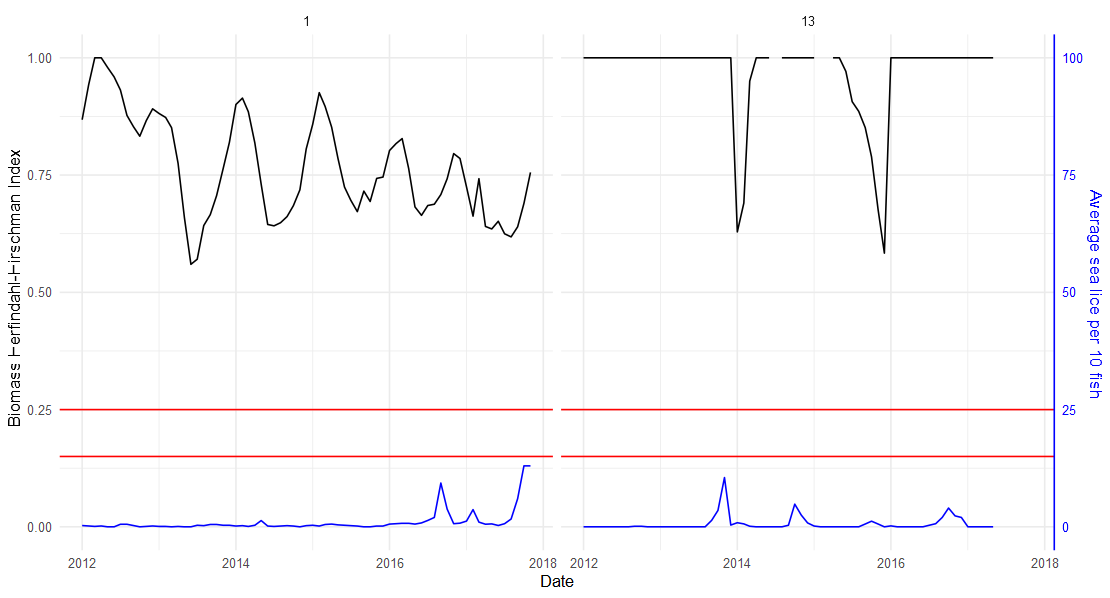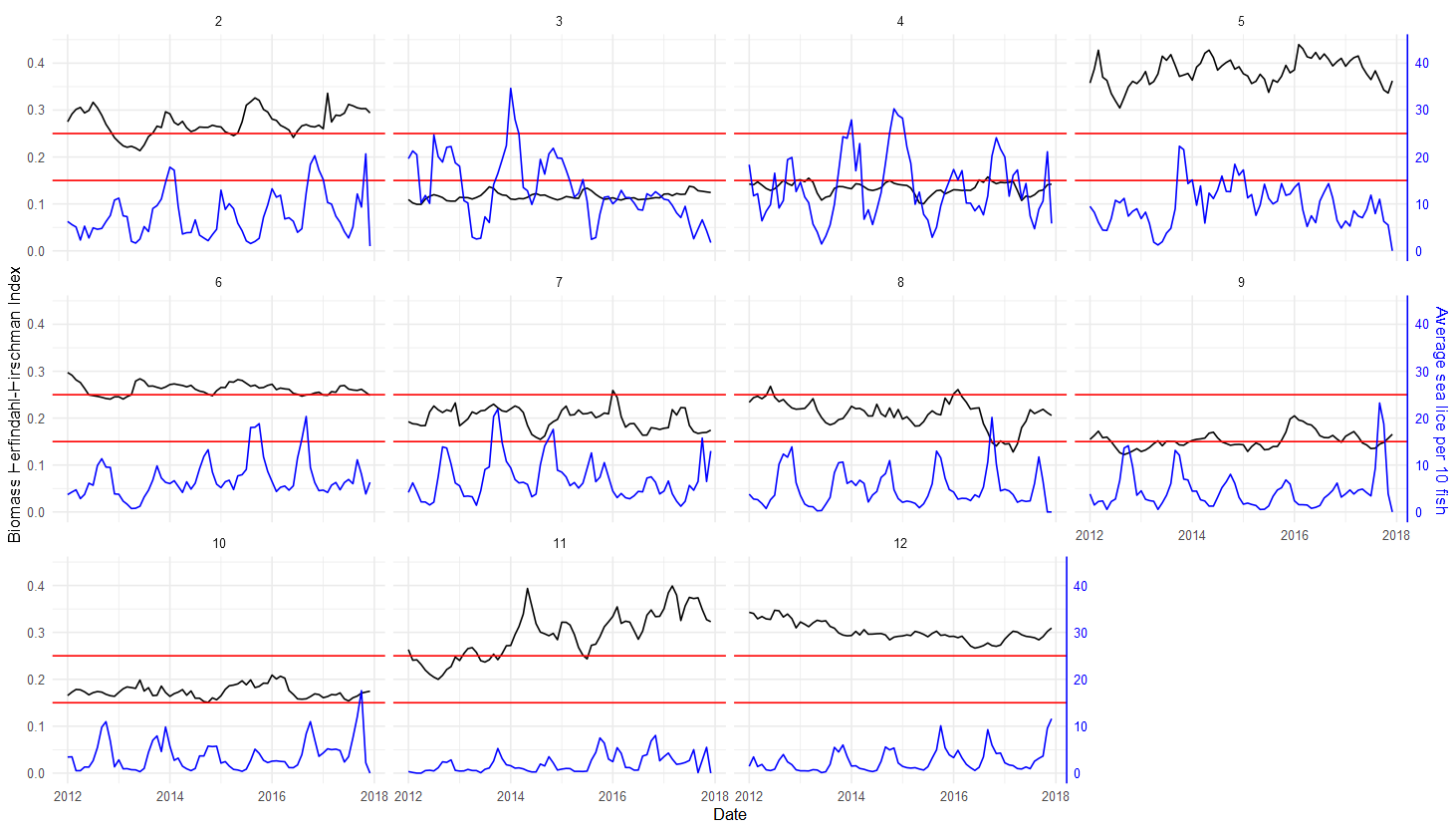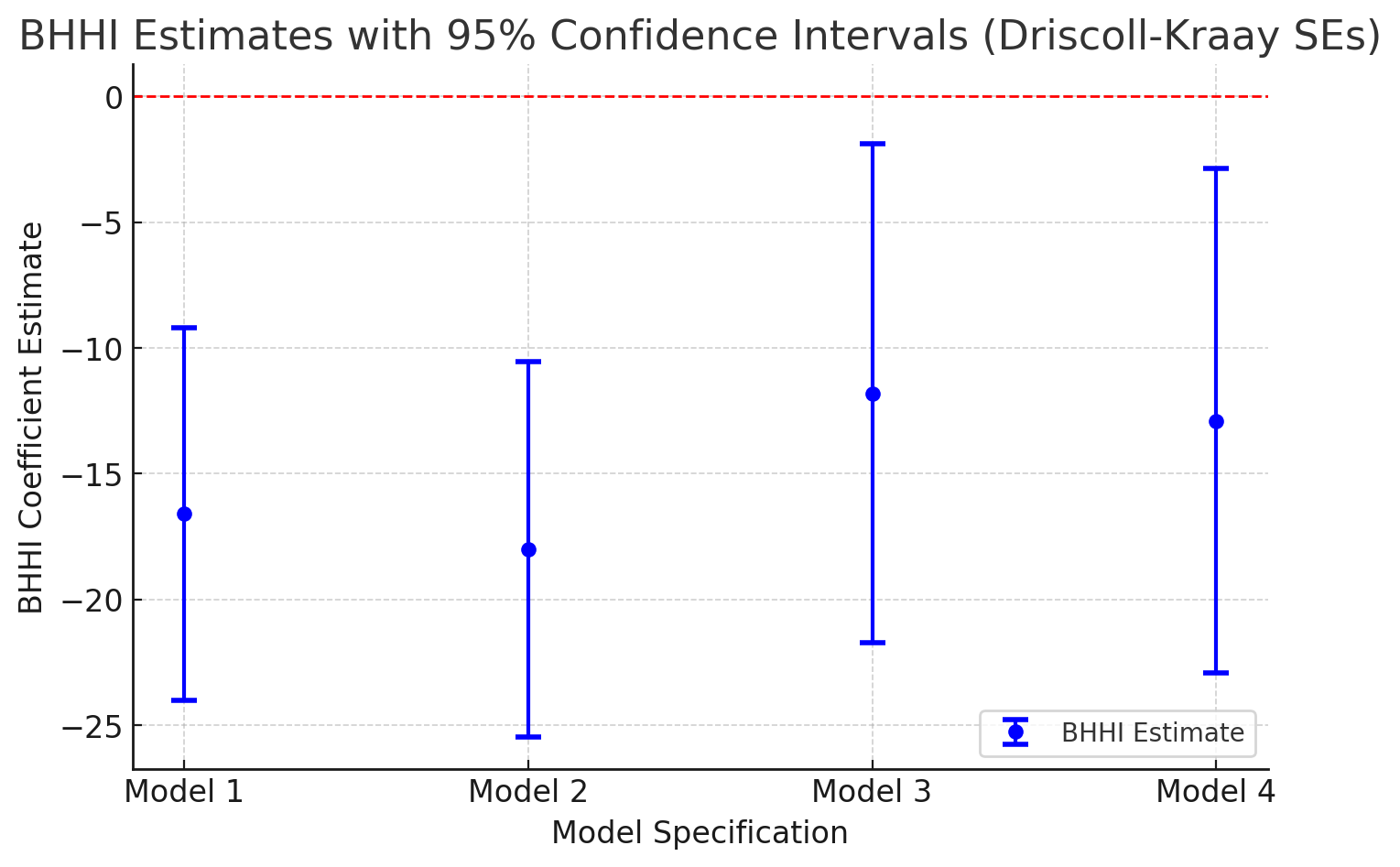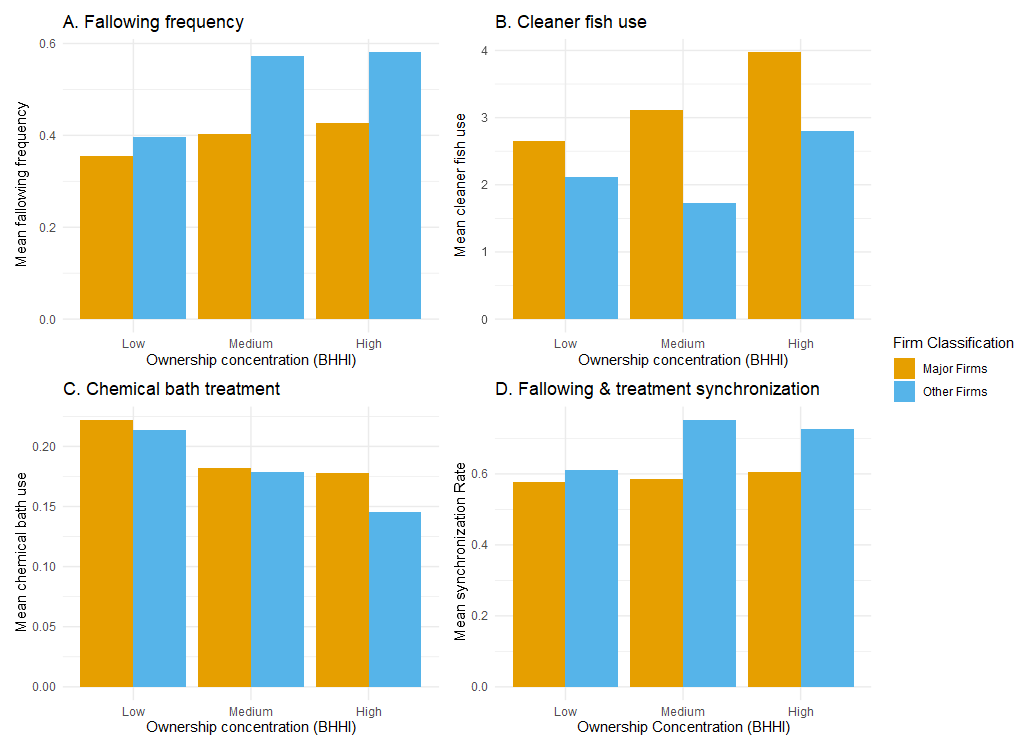Matching property rights and transboundary ecological processes
The case of Norwegian salmon aquaculture
Adams Ceballos-Concha
University of Florida
Take-away message 1
- Concentrated ownership improves management
- Higher ownership concentration (measured via the Biomass Herfindahl-Hirschman Index (BHHI)) significantly reduces sea lice severity on farms already experiencing infestations, suggesting that coordinated management strategies enhance treatment efficacy.
- 100‐point increase in the BHHI is associated with approximately a 15–16% reduction in sea lice levels on farms already experiencing infestations.
Take-away message 2
- Limited impact on infestation occurrence
The study finds no evidence that increased ownership concentration affects the initial probability of a sea lice outbreak, suggesting that preventive measures may require different strategies.
Why higher ownership concentration should lead to lower externalities level
- Each farm makes independent decisions, often prioritizing private costs over collective disease control.
- Disease spreads within each area, but without coordination, some farms underinvest in treatment, leading to persistent infections.
- Spillovers between areas create externalities, but ownership concentration internalizes these effects, ensuring synchronized management, reducing free-riding, and improving disease control efficiency.
Production Organization
- Norway’s coast is divided into 13 production zones (PZs).
- PZs are designed to minimize cross-zone contamination of salmon lice and other parasites (Ådlandsvik 2015).
- Farmers require licenses and allocated sites to operate
- Licensing criteria have shifted with government priorities, leading to inconsistent regulations, unclear criteria, and legal disputes (Anon 2015; Hersoug, Mikkelsen, and Karlsen 2019).
The BHHI
The BHHI quantifies ownership concentration in a production zone. It is calculated in two steps:
- Biomass Share Calculation: For each firm i in production zone p at time t: \(s_{itp} = \frac{q_{itp}}{\sum_{i=1}^n q_{itp}}\) where \(q_{itp}\) is the biomass (in kg).
- BHHI Calculation:
Sum of squared biomass shares:
\[\text{BHHI}_{pt} = \sum_{i=1}^n s_{itp}^2\] —
BHHI and sea lice
Overview of the dataset
- Time Period & Scope:
- Covers 2012–2017 with 30,566 monthly reports.
- Data from 849 salmon production sites, representing approximately 90% of total production.
Estimation procedure overview
Our study evaluates how ownership concentration affects sea lice management using two models:
Extensive margin
- We estimate the probability that a farm experiences any sea lice infestation.
- A fixed-effects probit model with a control function is used to adjust for endogeneity.
Intensive margin
- For farms with sea lice present, we assess the severity of infestation.
- A two-stage least squares (2SLS) method is employed using an instrument (based on production cycles in other zones) to address potential endogeneity.
Extensive margin
Extensive margin
Ownership Concentration, Firm Classification, and Sea Lice Management Strategies.
References
Ådlandsvik, B. 2015. “Suggestion on Zoning of Production Areas (in Norwegian).” Fisken Og Havet, no. 20.
Anon. 2015. “Recommendation to the Norwegian Parliament from the Standing Committee on Business and Industry Meld. St. 16 (2014-2015). Recommendation from the Standing Committee on Business and Industry on Predictable and Environmentally Sustainable Growth in Norwegian Salmon and Trout Farming.” Oslo: Stortinget, Ministry of Trade, Industry,; Fisheries.
Hersoug, Bjørn, Eirik Mikkelsen, and Kine Mari Karlsen. 2019. “‘Great Expectations’ – Allocating Licenses with Special Requirements in Norwegian Salmon Farming.” Marine Policy 100 (February): 152–62. https://doi.org/10.1016/j.marpol.2018.11.019.
Sandvik, Anne D, Samantha Bui, Mats Huserbråten, Ørjan Karlsen, Mari S Myksvoll, Bjørn Ådlandsvik, and Ingrid A Johnsen. 2021. “The Development of a Sustainability Assessment Indicator and Its Response to Management Changes as Derived from Salmon Lice Dispersal Modelling.” ICES Journal of Marine Science 78 (5): 1781–92. https://doi.org/10.1093/icesjms/fsab077.

